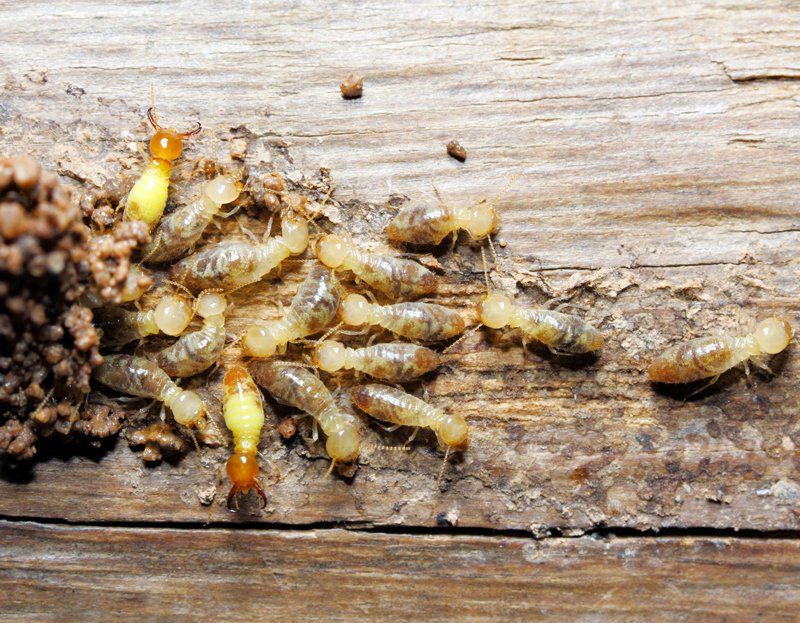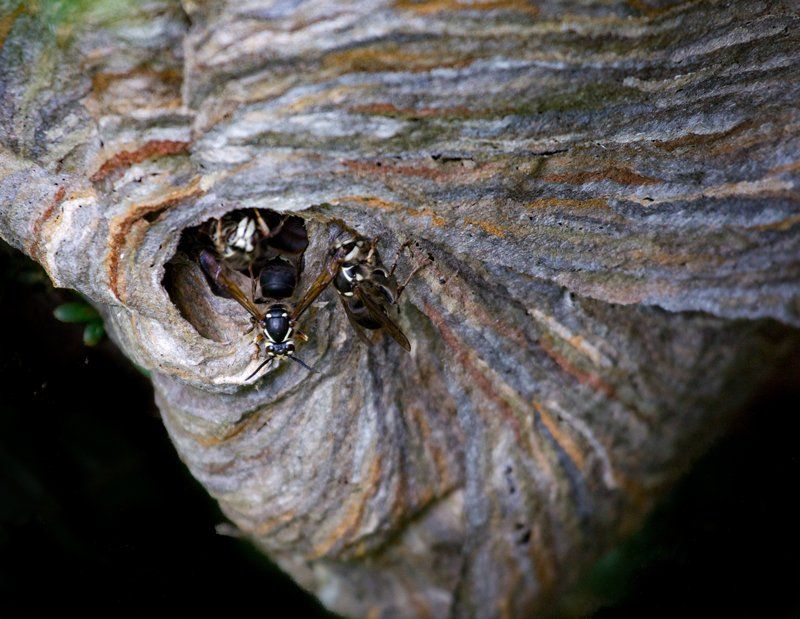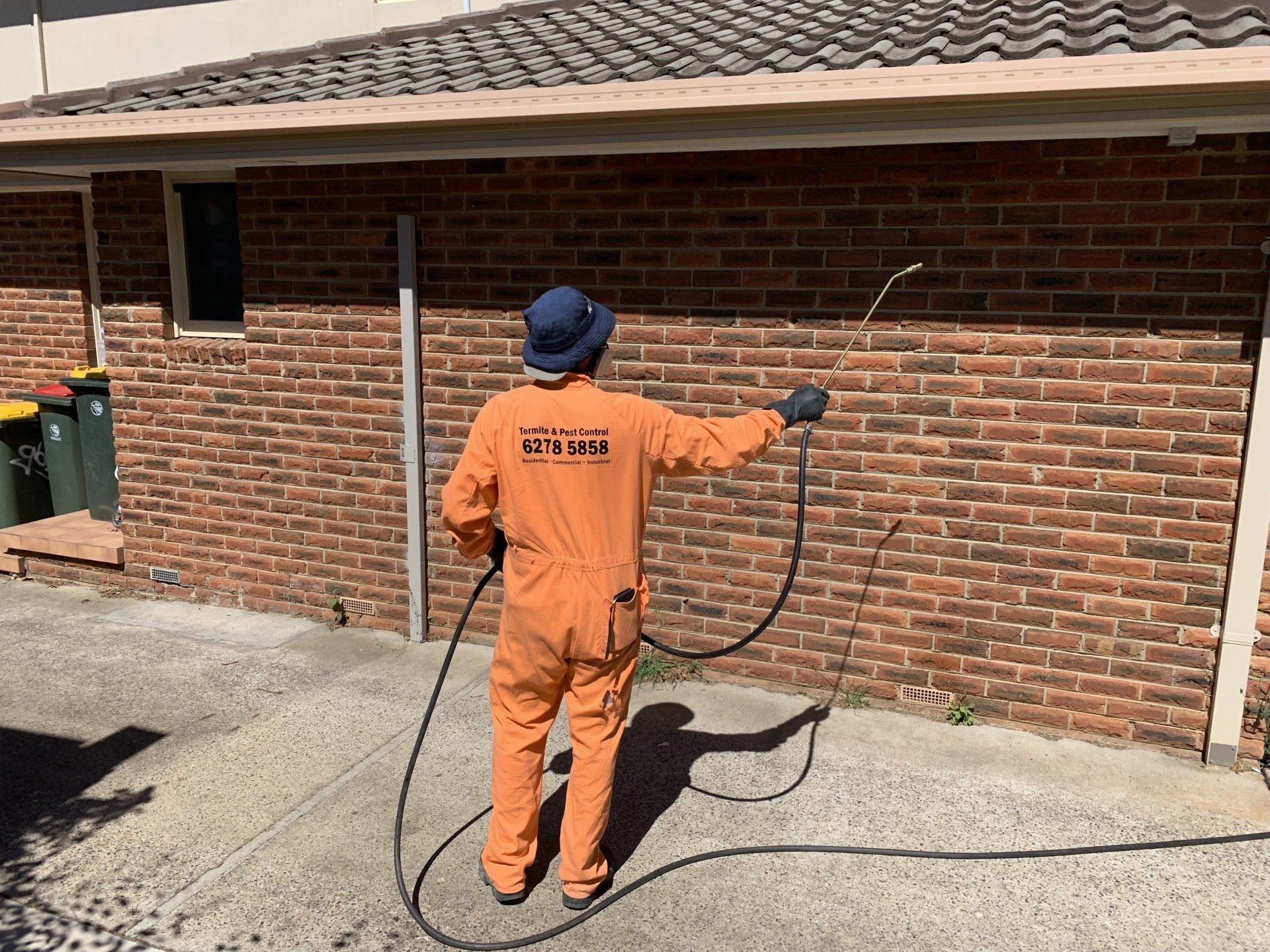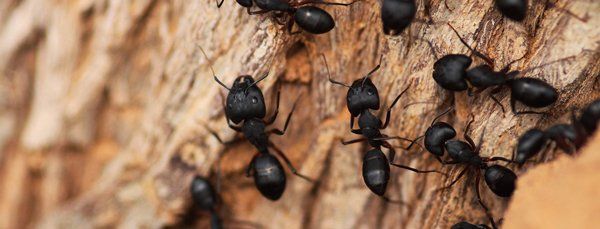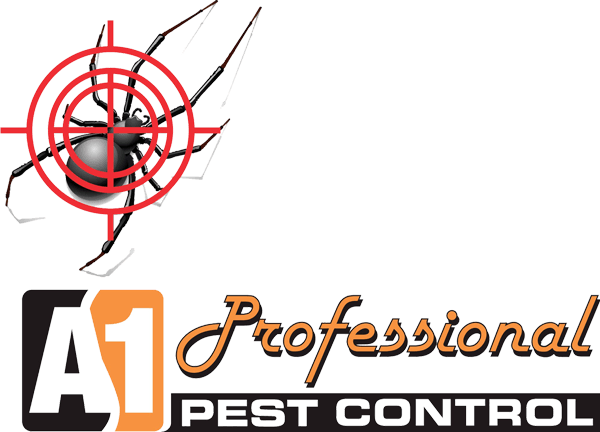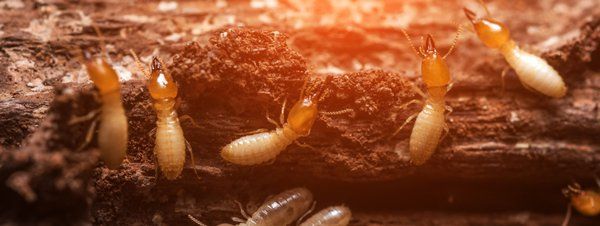All you need to know about bed bug infestations in your home
If you’ve no idea what a bed bug looks like, it is a small insect with an oval and brown body, which feeds on human or animal blood. The size of an adult bed bug is nearly the size of an apple seed, but its body swells after feeding. These insects do not fly but move quickly over surfaces in the house.
The lifecycle of a bed bug
Bed bug infestations spread quickly because females lay hundreds of eggs. During the nymph stage a bed bug sheds its skin five times, and a blood meal is required between each moult. Under suitable conditions for their growth, bed bugs can mature in a month and produce about three generations in a year. Although these insects feed on blood, they do not transmit diseases.
Where do bed bugs hide?
Bed bugs may be ferried into your home undetected through clothing, used beds and couches, luggage and other items. Their small bodies enable them to fit into small spaces. Their preferred hiding spots are bed mattresses, bed frames, box springs and headboards where they can reach people to bite at night. In their hiding places, they are found in groups but may spread through crevices and move to other rooms or houses.
How do they attack?
Bed bugs are mostly active at night as they bite people when they are sleeping. They have elongated mouths that they use to pierce through skin and suck blood. They feed for 3-10 minutes before leaving unnoticed. At first, bed bug bites are painless but can turn into itchy bumps. The bites are found on areas that are exposed while sleeping, such as the feet and arms.
What’s the difference between bed bug bites and mosquito bites?
Most people confuse bed bug bites with mosquito bites because both insects normally attack when people are sleeping. However, there are signs that can help you identify bed bug bites. Some of these signs include a musty odour from the bugs’ scent glands, bed bug faecal spots and egg shells in their hiding areas, and dark spots on mattresses and walls caused by bed bug excrement as well as blood stains on bed sheets.
How can a bed bug infestation be controlled?
A1 Professional Pest Control advises homeowners to check around their beds and other hiding spots such as closets and books if they suspect the presence of bed bugs. If you are unsure about the signs, call a qualified pest control company to eliminate the bugs from all their hideouts. DIY treatments will not work because they are not effective in preventing eggs from hatching.

